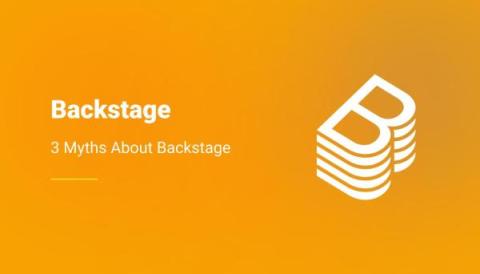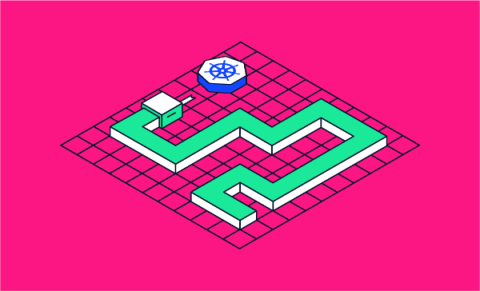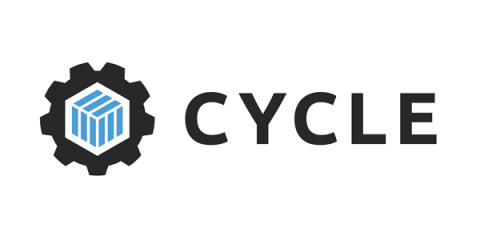Operations | Monitoring | ITSM | DevOps | Cloud
Containers
The latest News and Information on Containers, Kubernetes, Docker and related technologies.
3 Myths About Backstage
Applied Category Theory for Cloud Native Innovation with Sal Kimmich - Navigate Europe 23
How Authorization Evolves with Alex Olivier: From Basic Roles to ABAC - Navigate Europe 23
Deploying a Python Application with Kubernetes
A powerful open-source container orchestration system, Kubernetes automates the deployment, scaling, and management of containerized applications. It’s a popular choice in the industry these days. Automating tasks like load balancing and rolling updates leads to faster deployments, improved fault tolerance, and better resource utilization, the hallmarks of a seamless and reliable software development lifecycle.
Monitor Docker With Telegraf and MetricFire
Monitoring your Docker environment is critical for ensuring optimal performance, security, and reliability of your containerized applications and infrastructure. It helps in maintaining a healthy and efficient environment while allowing for timely interventions and improvements. In general, monitoring any internal services or running process helps you track resource usage (CPU, memory, disk space), allowing for efficient allocation and optimization.
Best Rancher Alternatives & Competitors
Navigating Engineering Tradeoffs
In part 1 of this 2 part blog we looked at some common engineering tradeoffs. But how might someone navigate these tradeoffs and build a model that works for their product? Here are some core concepts that can help along the way.











